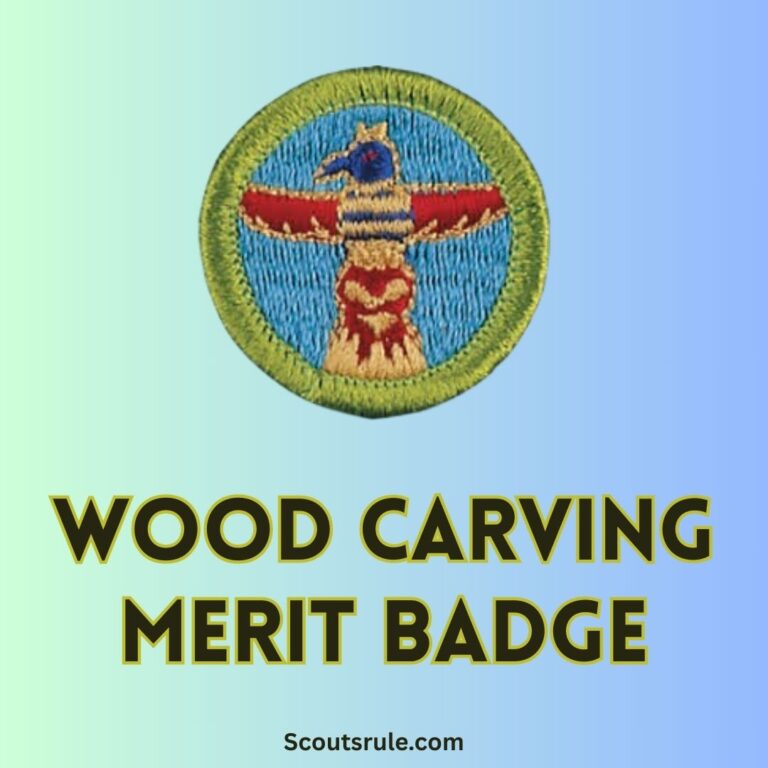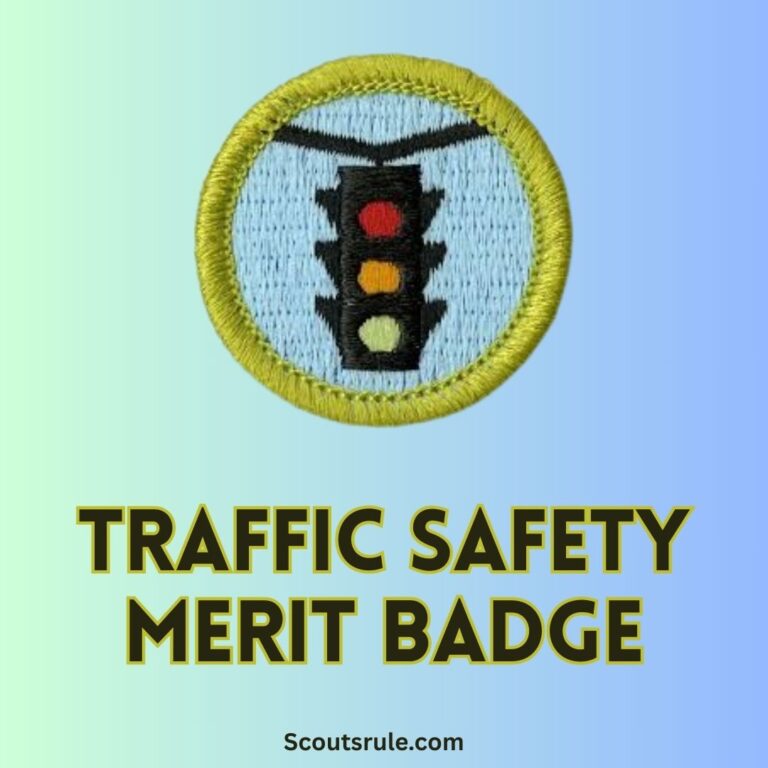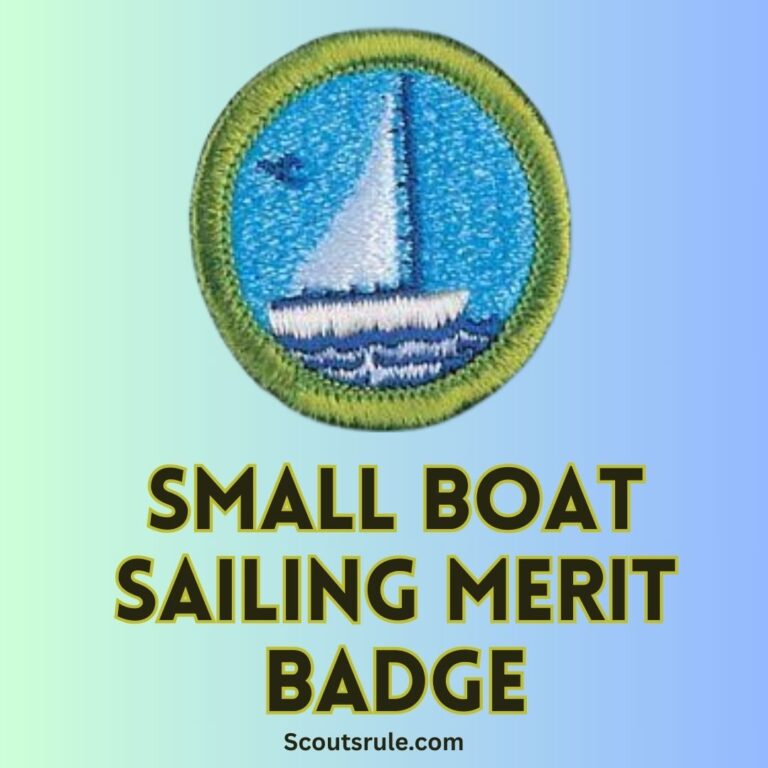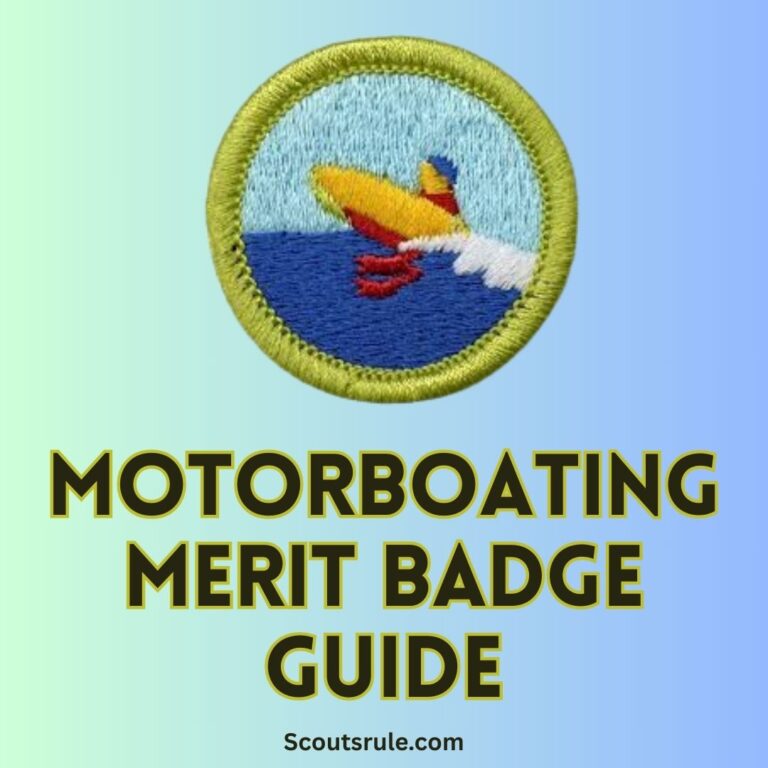
This guide is designed to help you explore and document your collection, develop research and organizational skills, and learn how to care for and value your items. It provides an overview of typical requirements, ideas on how to approach each one, and suggestions for effective documentation and presentation of your work. (Keep in mind that coin and stamp collecting are covered by separate merit badges.) Always refer to the current official Boy Scouts of America Collections Merit Badge pamphlet and work closely with your merit badge counselor to ensure that your work meets local council standards.
Post Contents
Introduction and Overview
The Collections Merit Badge offers Scouts a hands-on opportunity to explore a personal hobby that involves assembling items of interest—be they sports memorabilia, action figures, patches, autographs, or any other collectible items (except for coins and stamps). In earning this badge, you will learn not only to appreciate the history and cultural significance behind your chosen collection but also to organize, preserve, and evaluate your items.
This guide is structured to walk you through the requirements, offering ideas on what to include in your reports, how to document your progress, and ways to reflect on the skills you develop (such as research, organization, ethical collecting, and even basic financial literacy when you discuss investment aspects).
2. Purpose and Objectives
The primary goals of the Collections Merit Badge are to:
- Educate You About Collecting: Understand the history, purpose, and methods of collecting, including the importance of specialized terminology, categories, and provenance.
- Develop Research Skills: Learn how to investigate the background of items, using a variety of sources—from books and magazines to interviews with experts or experienced collectors.
- Improve Organizational Skills: Practice sorting, cataloging, and preserving objects while maintaining a detailed record of your collection’s development.
- Foster Ethical and Responsible Collecting: Recognize the value of authenticity, preservation, and ethical practices in both acquiring and displaying items.
- Explore Investment and Value: Discuss how collecting can sometimes involve investment aspects, such as appraising the condition of items and understanding market approaches.
- Connect to Future Opportunities: Identify possible career or hobby paths related to collecting, including curation, museum work, antiques, or historical research.
These objectives will help you realize not only a deeper knowledge of your chosen subject matter but also equip you with lifelong skills that extend into many academic and professional paths.
3. Understanding Collections in Scouting
Many Scouts choose collections that reflect personal interests, such as memorabilia, toys, books, art, or other artifacts. Your collection should be something that you enjoy and that you can talk about with passion. Think about these guiding questions as you decide:
- Why did I choose this collection? Explain your interest, whether sparked by family tradition, personal curiosity, or recognition of the historical and cultural value of the items.
- What is the history of my collection? Include when you started, how it has grown, and any significant events (such as trades, purchases, or personal milestones) that have influenced its development.
- What have I learned from collecting? Reflect on not only practical skills like organization and research, but also on ethical issues like preservation, authenticity, and valuation.
A strong foundation in these ideas will guide you as you answer each requirement.
4. Requirement-by-Requirement Guide
Below are guidelines and ideas for approaching each major requirement of the Collections Merit Badge.
4.1 Requirement 1: Collection Description
What You Need to Do: Prepare a short written report or outline for your merit badge counselor that includes a detailed description of your collection. Your report should cover:
- A brief history of how you started your collection.
- An explanation of why you chose this particular type of collection and the method you use for collecting.
- The significance of the items you collect and any personal or cultural meaning they hold.
- What you have learned from being involved in this hobby.
Tips:
- Use clear, concise language.
- Include specific examples. For instance, if you collect Scout patches or other memorabilia, note any special patches and what they represent.
- Explain any organizing or cataloging methods that keep your collection current.
4.2 Requirement 2: Collection Development
What You Need to Do: Describe the growth and development of your collection. You should discuss:
- The steps you have taken over time to expand or enhance your collection.
- Any changes in the types of items collected or the methods you use to acquire them.
- How your understanding of the collection’s value has evolved.
Tips:
- Create a timeline that indicates key moments or milestones.
- Reflect on new skills or lessons acquired in the process.
- Explain any challenges you faced and how you overcame them.
4.3 Requirement 3: Preserving and Displaying Your Collection
This requirement asks you to demonstrate your knowledge of caring for and showing your collection.
Parts to Address:
- A. Preservation Precautions:
- Handling: Describe the proper way to handle the items in your collection to avoid damage. Provide examples and detail best practices (e.g., using cotton gloves for delicate items).
- Cleaning: Explain any cleaning procedures you use and precautions to avoid damaging the items.
- Storage: Detail how you store your collection to maintain its condition. This could include storage solutions, environmental considerations (temperature, humidity), and organizational techniques.
- B. Displaying Your Collection: Explain the methods you use to display your collection while preserving its integrity.
- Consider framing, shelving, glass cabinets, or digital presentations.
- Discuss the pros and cons of different display methods.
- Explain how your display approach makes it easier for others to appreciate your collection without causing wear.
- C. Hobbyist Events and Programs: Discuss the events that are available for collectors, such as shows, seminars, conventions, contests, or museum exhibits.
- Explain how attending these events enriches your knowledge and connects you with a broader community of collectors.
- D. Cataloging Method: Describe how you keep track of your collection. Your cataloging method might involve a written index, a computer spreadsheet, or a specialized software tool for collections.
- Include details like numbering systems, categories, item condition, and any value-related notes.
Tips:
- Provide examples and visual aids (photos or diagrams) of your storage and display setup.
- Discuss safety and conservation practices specific to your collection type.
- Explain the importance of keeping detailed records to monitor the condition and growth of your collection.
4.4 Requirement 4: Collecting and Investing
What You Need to Do: Discuss with your merit badge counselor how investing and speculation apply to your collection. This can include:
- An explanation of terms related to collecting such as value, grading, condition, and authenticity.
- How you determine the worth of your items.
- The methods by which collectors buy, sell, or trade items.
- Risks and considerations involved in investing in collectible items.
Tips:
- Use concrete examples (without revealing any copyrighted data) to explain the process.
- Discuss ethical considerations in buying and selling collections.
- Reflect on what factors influence the market value of collectible items and why condition and provenance are vital.
4.5 Requirements 5, 6, and 7: Knowledge, Plans, and Careers
Although the requirements may be divided further in the official pamphlet, here are general guidelines if your version includes sections on knowledge, future planning, and related careers:
- Knowledge: Demonstrate that you understand the terminology, history, and significance of your collection’s subject matter. Provide examples of key terms and important historical facts.
- Plans: Outline your future plans for developing your collection. This might include goals for acquisition, organization, and potential community or trade opportunities.
- Careers: Discuss any careers that are related to collecting. For example, if you collect historical documents, you might mention careers in museum curation, historical preservation, or antiques dealing. If you collect sports memorabilia, consider careers in appraisal or sports marketing.
Tips:
- Create a list or diagram of areas where collecting intersects with professional fields.
- Reflect on what interests you most about the subject and how it might influence your future academic or vocational choices.
- Discuss your personal goals with your counselor, explaining how you plan to grow your collection responsibly.
5. Documentation and Record Keeping
Keeping thorough documentation is crucial for demonstrating your work on the Collections Merit Badge.
Strategies:
- Research Journal: Maintain a dedicated notebook or digital document to record:
- Your initial collection description.
- Notes on collection development, including dates and milestones.
- Observations on preservation and display techniques.
- Reflections on investments and market trends.
- Photographs and Sketches: Take clear photographs of your collection, your storage solutions, and display setups. Include annotated sketches or diagrams if you design custom cataloging systems.
- Cataloging Records: Develop a system (paper-based or digital) that tracks each item’s details. Include useful information like acquisition dates, condition ratings, and estimated values.
- Final Portfolio: Compile all documentation (written reports, photographs, diagrams, and reflective essays) into a well-organized portfolio. Use a table of contents and section dividers to help your counselor easily review your work.
- Presentation Preparation: Prepare a short oral or visual presentation summarizing your work. Practice speaking about your collection’s history, its care and preservation, and your plans for future growth.
6. Additional Tips, Resources, and Career Insights
Additional Tips:
- Stay Consistent: Regularly update your records and reflect on your collection’s progress. Consistency helps track growth and protects your items from deterioration.
- Engage with Other Collectors: Attend local shows, online forums, or clubs related to your collection type. Networking with fellow collectors can provide new ideas and enhance your expertise.
- Use Technology: Consider using database software or apps designed for collectors. Some online communities even offer digital cataloging tools that can make managing your collection easier.
- Reflect on Your Passion: Think deeply about why you are passionate about your collection and how it connects to broader cultural, historical, or artistic themes.
Resources and Inspiration:
- Books and Magazines: Look for texts on collecting, appraisal, or the specific subject of your collection. Many libraries and bookstores have dedicated sections for collectors.
- Online Communities: Websites like Scoutles.com, ScouterMom.com, and dedicated collector forums provide additional guidance, sample worksheets, and tips from fellow Scouts.
- Museums and Exhibits: Visiting museums, trade shows, or conventions can offer practical insights into how professionals preserve and present collections.
- Local Experts: Interview local collectors or visit local antique shops, auctions, or fairs to gain hands-on knowledge. Their real-world experience can help you understand market trends and practical challenges.
- Career Exploration: Research related careers such as museum curation, antique appraisal, or historical preservation. Consider setting up informational interviews with professionals in these fields.
Conclusion: A Journey of Discovery and Stewardship
The Collections Merit Badge is a unique opportunity to learn about a personal hobby that involves collecting, preserving, and understanding valuable items. As you work through your projects, you will not only build a well-organized collection but also gain insight into history, culture, and economics. The process of evaluating, cataloging, and preserving your collection teaches you valuable organizational skills, attention to detail, and ethical standards in handling items of value.
Your progress—from the initial description and development of your collection to demonstrating sound preservation practices, understanding investment principles, and exploring future plans—will become a lasting record of your hard work, creativity, and curiosity. Beyond earning a merit badge, you will develop a lifelong passion for collecting that may even guide your future academic and career endeavors.
May your journey through the Collections Merit Badge inspire you to explore new interests, refine your collecting skills, and appreciate both the history and ongoing evolution of your hobby. Embrace every new discovery with enthusiasm, and let your detailed documentation serve as a personal archive of your growth as a collector.
Happy collecting, and may your passion and perseverance pave the way for many more enriching adventures in the world of collections!

Hi, Robin here, A former lead Scout and here I share my inspiring stories about USA Scouts, leadership, adventure, how to guides and more.






